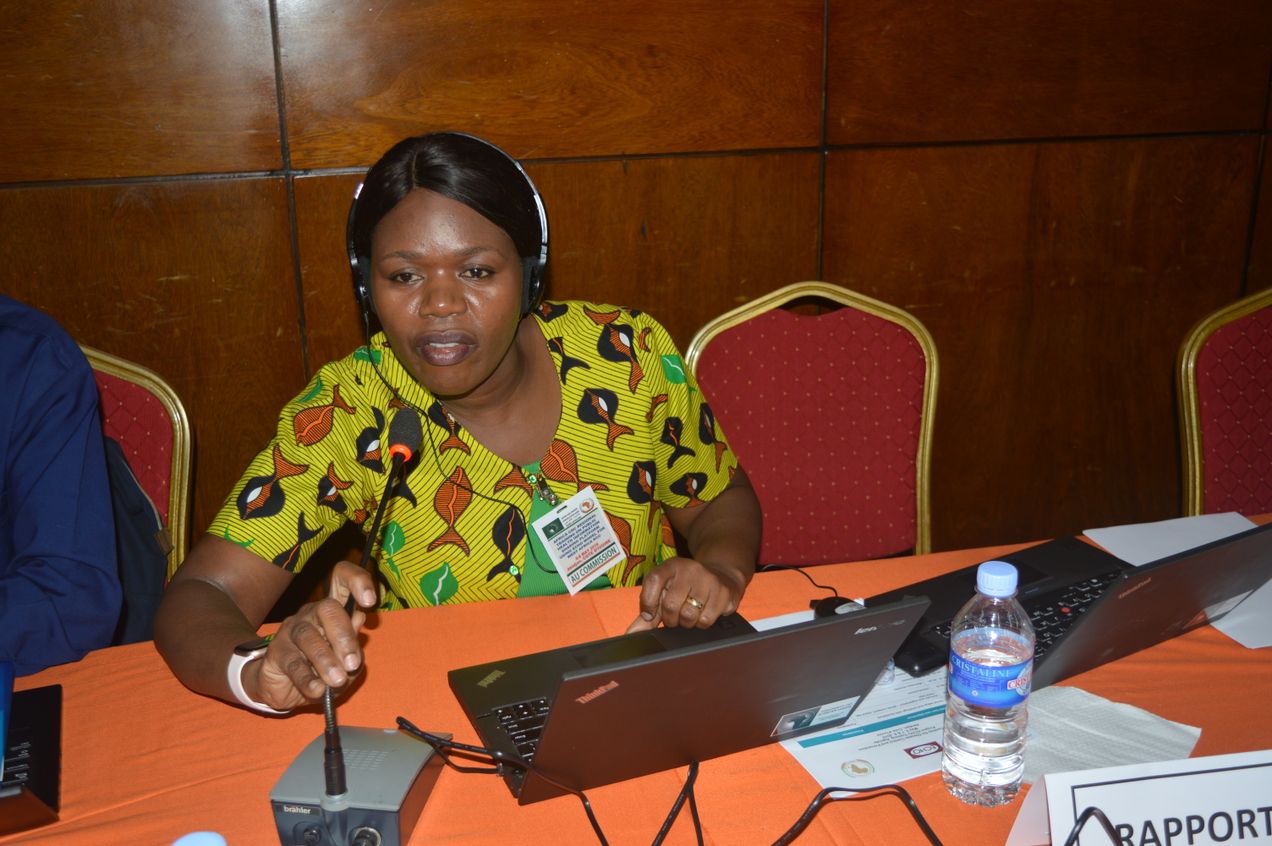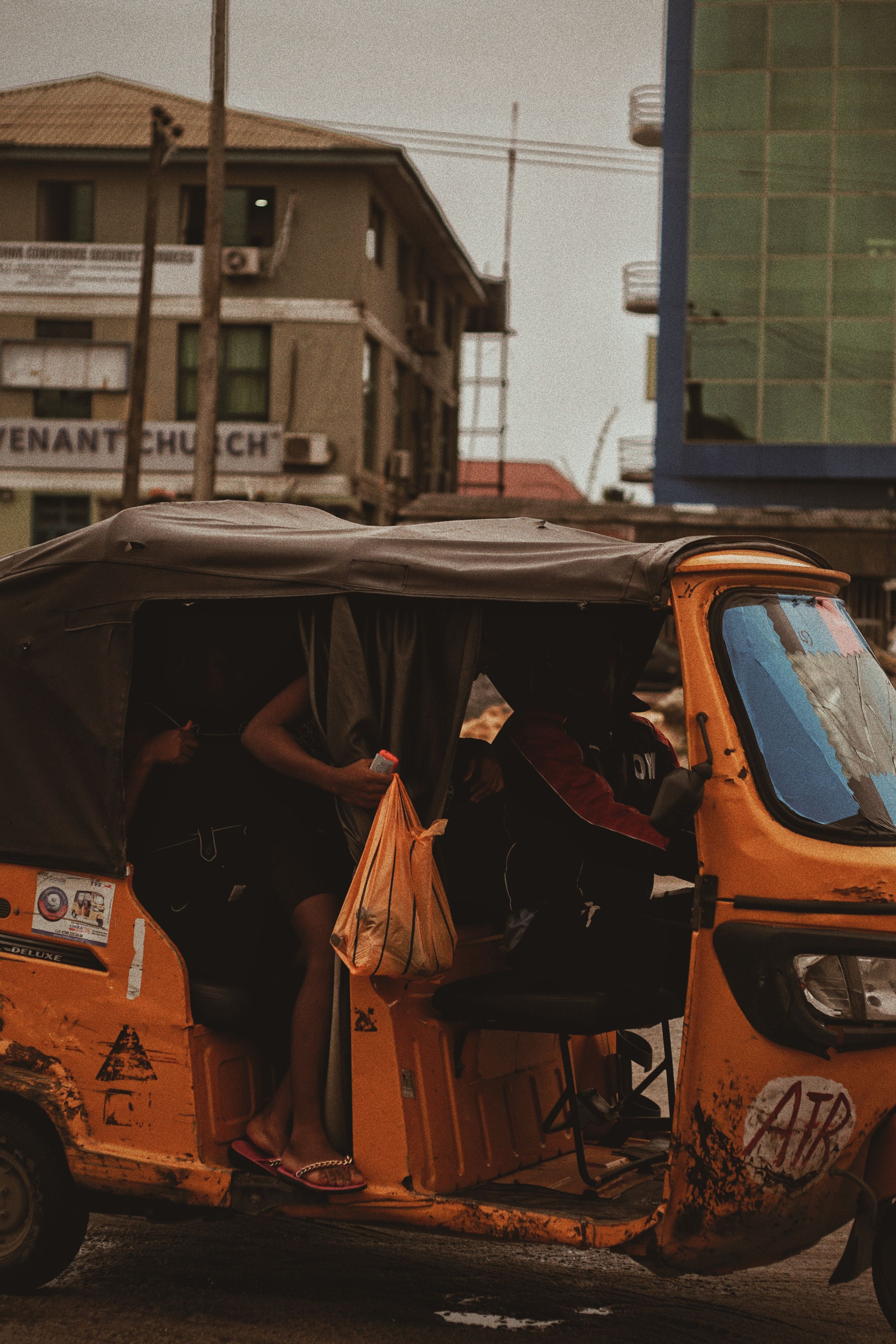
The Checkpoint
Ebisike Kenneth Chinedum shares their experience of public transport in Nigeria during the Covid19 pandemic.
Maryland is a popular area in Lagos metropolis. I liked the name before I got to know the place because the name “Maryland” reminded me of the other place in the United States of America. It also serves as a link to several areas in Lagos, such as Ikeja, Ojota, Anthony, Idiroko, Palmgrove, Onipanu, and further areas like Fadeyi, Ojuelegba and Yaba.
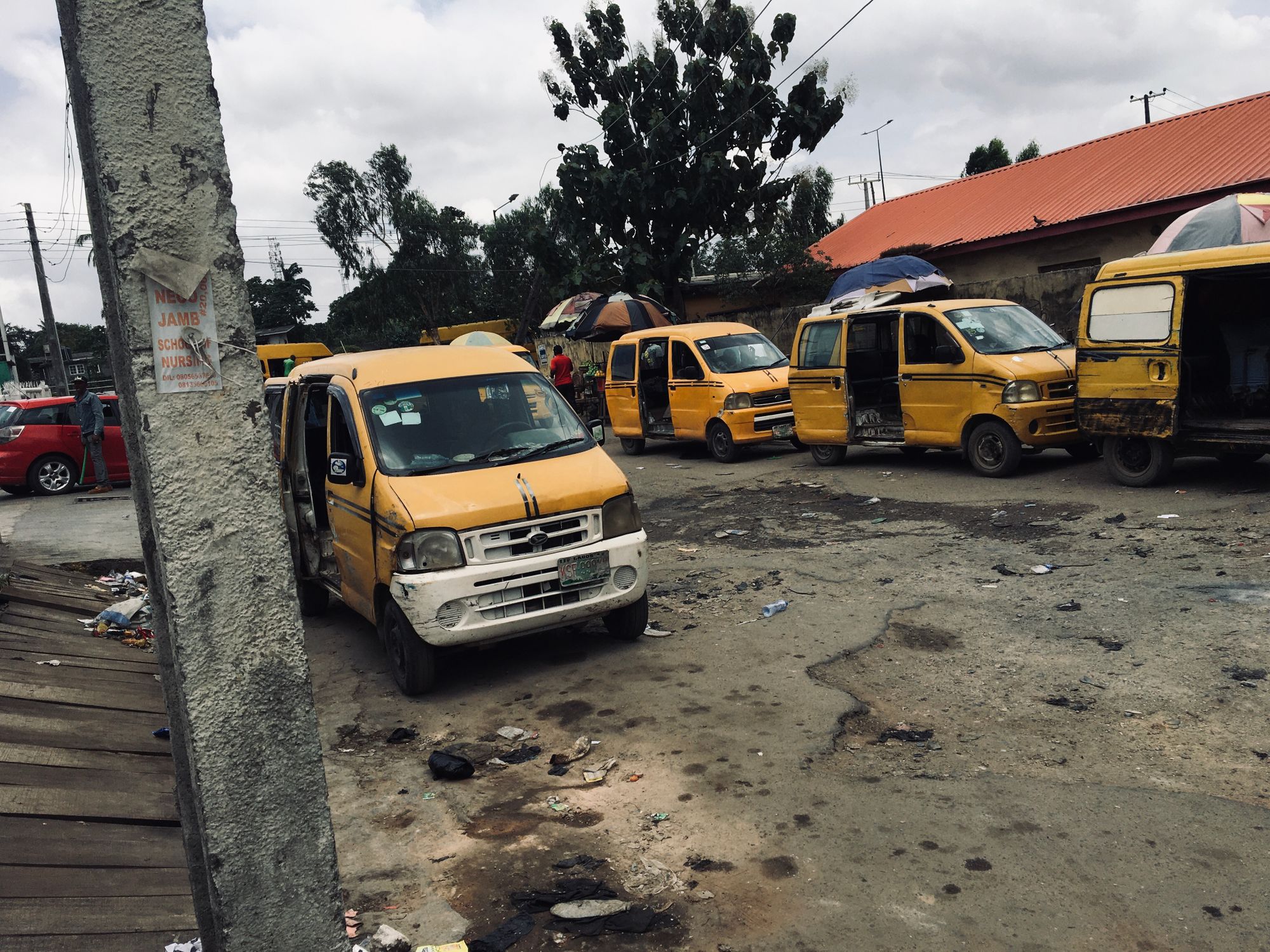
My daily route to Maryland is unpredictable for three reasons. Firstly, traffic, which is perfectly normal in Lagos state, holds us up. Secondly, the partial unavailability of buses from Palmgrove to the Maryland-Ikeja axis; this usually happens in the morning, when bus drivers prefer going to Ojota, occasionally requesting higher fares to stop in Maryland. Lastly, the buildup of discussions, arguments and tension as buses approach a prominent police checkpoint along the way.
These checkpoints are in place because of the COVID-19 protocols for the transport sector. The protocols include limiting the number of passengers in a vehicle, the compulsory use of masks by drivers and passengers, the use of hand sanitizers, and appropriate spacing of passengers in the bus. These protocols are the same everywhere in Nigeria.
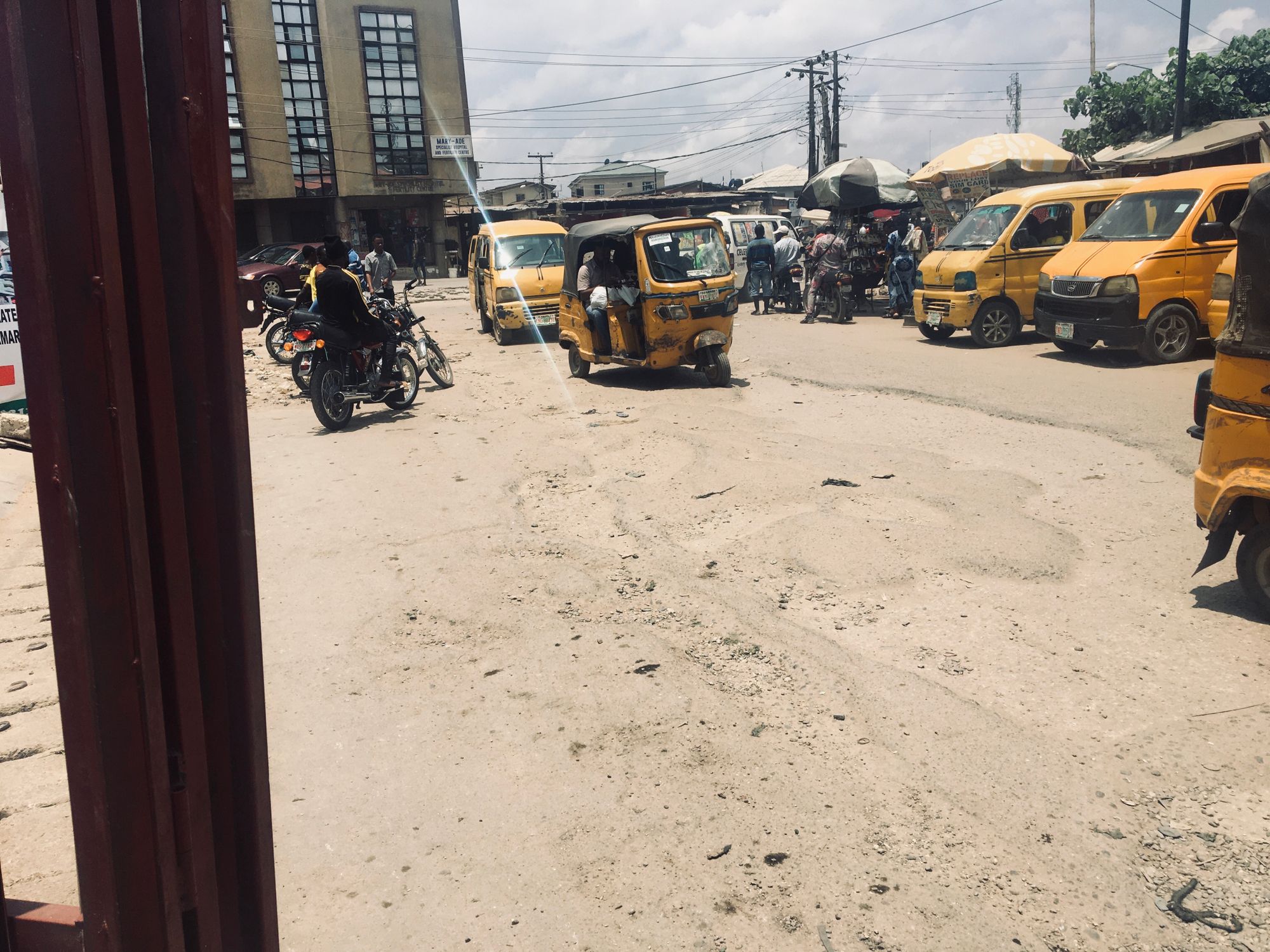
I usually start my journey to Maryland from Ilaje-Bariga. I first board an eight-seater minibus to Palmgrove, and then get on another bus going to the Maryland-Ikeja axis. At Ilaje-Bariga, the buses going to Palmgrove are lined up in an order well known by the drivers, with buses leaving one after the other. Passengers are called by the driver of the loading-bus, and motor park faithfuls, who get paid by the driver just before the bus moves. The drivers always talk to their passengers about two things: that they should try to give the exact transport fare before getting on the bus and a reminder to wear their masks. The drivers take this a step further by saying that passengers without a mask can’t alight the bus. Some drivers even want to see all the passengers with their masks on before leaving Ilaje-Bariga. There are plenty of mask sellers, helping passengers who either forgot their masks or who for strange reasons do not possess one.
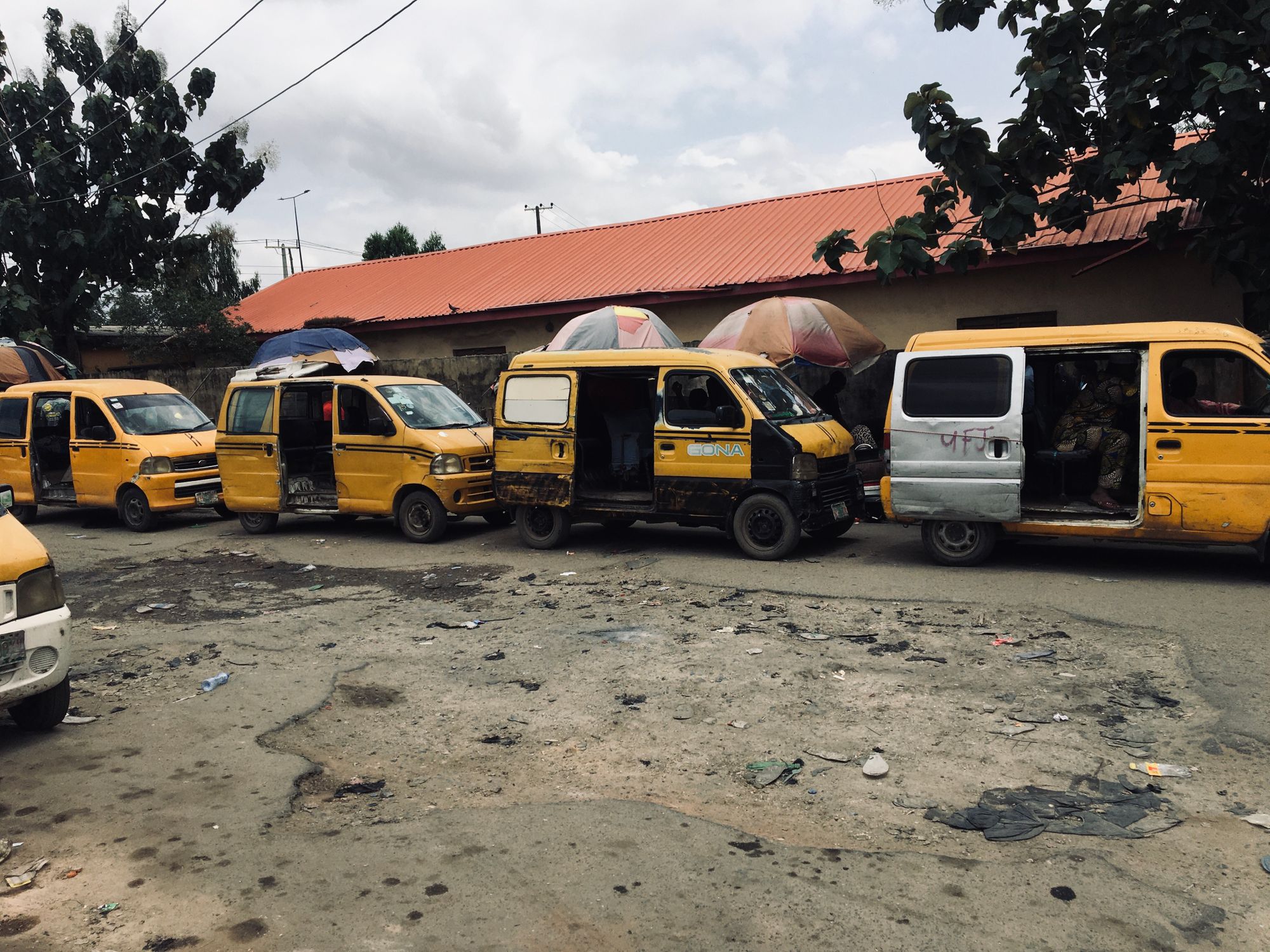
The bus takes off with 8 passengers, the driver and a passenger at the front, with two rows of three passengers at the back. The drive from Bariga to Palmgrove is usually 10-15 minutes without any hindrance. We pass through LadyLak, Johnson, and other areas. We then approach Pedro, where there is a police checkpoint and a police station just opposite. Drivers dread this place, and usually take time out to ask their passengers if they still have their masks, and that if they did, they should kindly put them on. Passengers without masks are asked to come down, fined or sometimes even arrested. On arrival at Palmgrove, I move to the front of a petrol station, then board a bigger bus going to Maryland-Ikeja. I’m often amused at how different conductors shout “Ikejaa! Marylaaand-Ikejaaa!”. It makes me smile sometimes.

